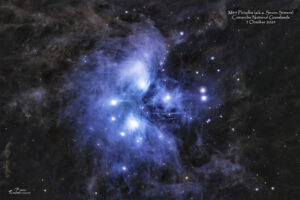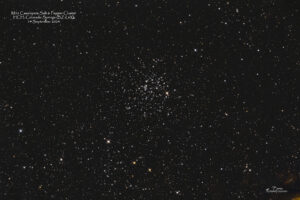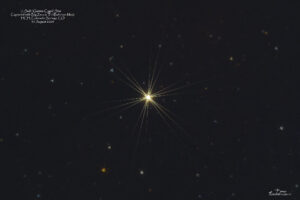Deep Sky Object
Star Clusters
What is a Star Cluster?
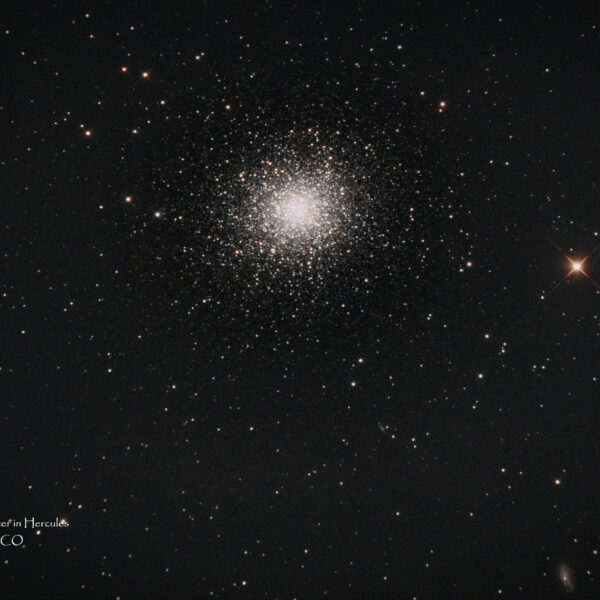
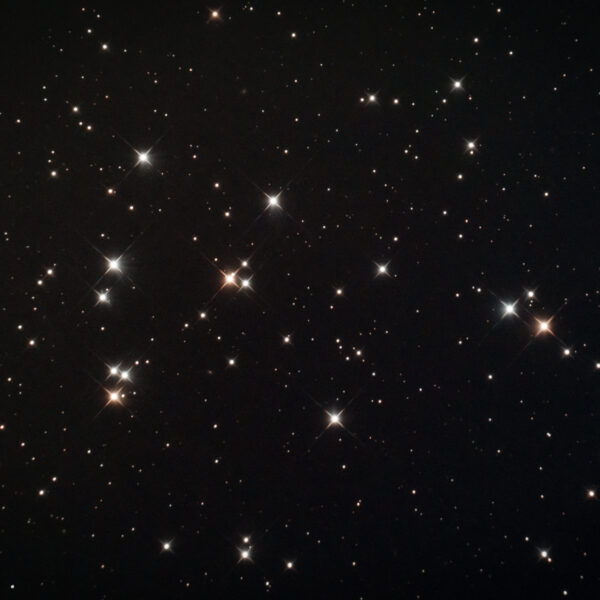
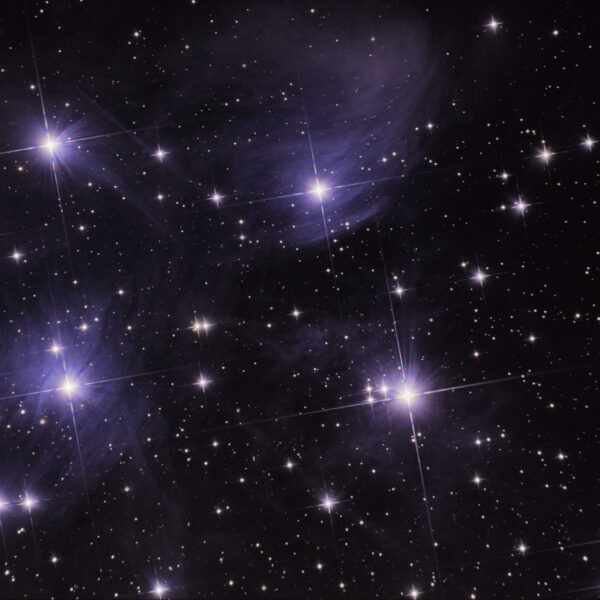
Star clusters are large groups of stars held together by self-gravitation.
Star clusters are large groups of stars held together by self-gravitation. There are two main types of star clusters …globular clusters and open clusters.
Globular clusters are tight groups of ten thousand to millions of old stars which are gravitationally bound, while open clusters are more loosely clustered groups of stars, generally containing fewer than a few hundred members, and are often very young.
Open clusters become disrupted over time by the gravitational influence of giant molecular clouds as they move through the galaxy, but cluster members will continue to move in broadly the same direction through space even though they are no longer gravitationally bound; they are then known as a stellar association, sometimes also referred to as a moving group.
Star clusters visible to the naked eye include the Pleiades, Hyades, and 47 Tucanae.
{From: https://en.wikipedia.org/wiki/Star_cluster}
Globular Cluster
Globular clusters are roughly spherical groupings of from 10 thousand to several million stars packed into regions of from 10 to 30 light-years across. They commonly consist of very old stars – just a few hundred million years younger than the universe itself – which are mostly yellow and red, with masses less than two solar masses. Such stars predominate within clusters because hotter and more massive stars have exploded as supernovae, or evolved through planetary nebula phases to end as white dwarfs. Yet a few rare blue stars exist in globulars, thought to be formed by stellar mergers in their dense inner regions; these stars are known as blue stragglers.
In the Milky Way galaxy, globular clusters are distributed roughly spherically in the galactic halo, around the Galactic Center, orbiting the center in highly elliptical orbits. In 1917, the astronomer Harlow Shapley made the first respectable estimate of the Sun’s distance from the Galactic Center, based on the distribution of globular clusters.
Our Galaxy has about 150 globular clusters, some of which may have been captured cores of small galaxies stripped of stars previously in their outer margins by the tides of the Milky Way, as seems to be the case for the globular cluster M79. Some galaxies are much richer in globulars than the Milky Way: The giant elliptical galaxy M87 contains over a thousand. A few of the brightest globular clusters are visible to the naked eye; the brightest, Omega Centauri, was observed in antiquity and catalogued as a star, before the telescopic age. The brightest globular cluster in the northern hemisphere is M13 in the constellation of Hercules.
Open Star Clusters
Open clusters are very different from globular clusters. Unlike the spherically distributed globulars, they are confined to the galactic plane, and are almost always found within spiral arms. They are generally young objects, up to a few tens of millions of years old, with a few rare exceptions as old as a few billion years, such as Messier 67 (the closest and most observed old open cluster) for example. They form H II regions such as the Orion Nebula.
Open clusters typically have a few hundred members and are located in an area up to 30 light-years across. Being much less densely populated than globular clusters, they are much less tightly gravitationally bound, and over time, are disrupted by the gravity of giant molecular clouds and other clusters. Close encounters between cluster members can also result in the ejection of stars, a process known as ‘evaporation’.
The most prominent open clusters are the Pleiades and Hyades in Taurus. The Double Cluster of h+Chi Persei can also be prominent under dark skies. Open clusters are often dominated by hot young blue stars, because although such stars are short-lived in stellar terms, only lasting a few tens of millions of years, open clusters tend to have dispersed before these stars die.
Other Forms
Other types of star clusters include: embedded clusters, super star clusters, intermediate forms, and star clouds.
{From: https://en.wikipedia.org/wiki/Star_cluster }

